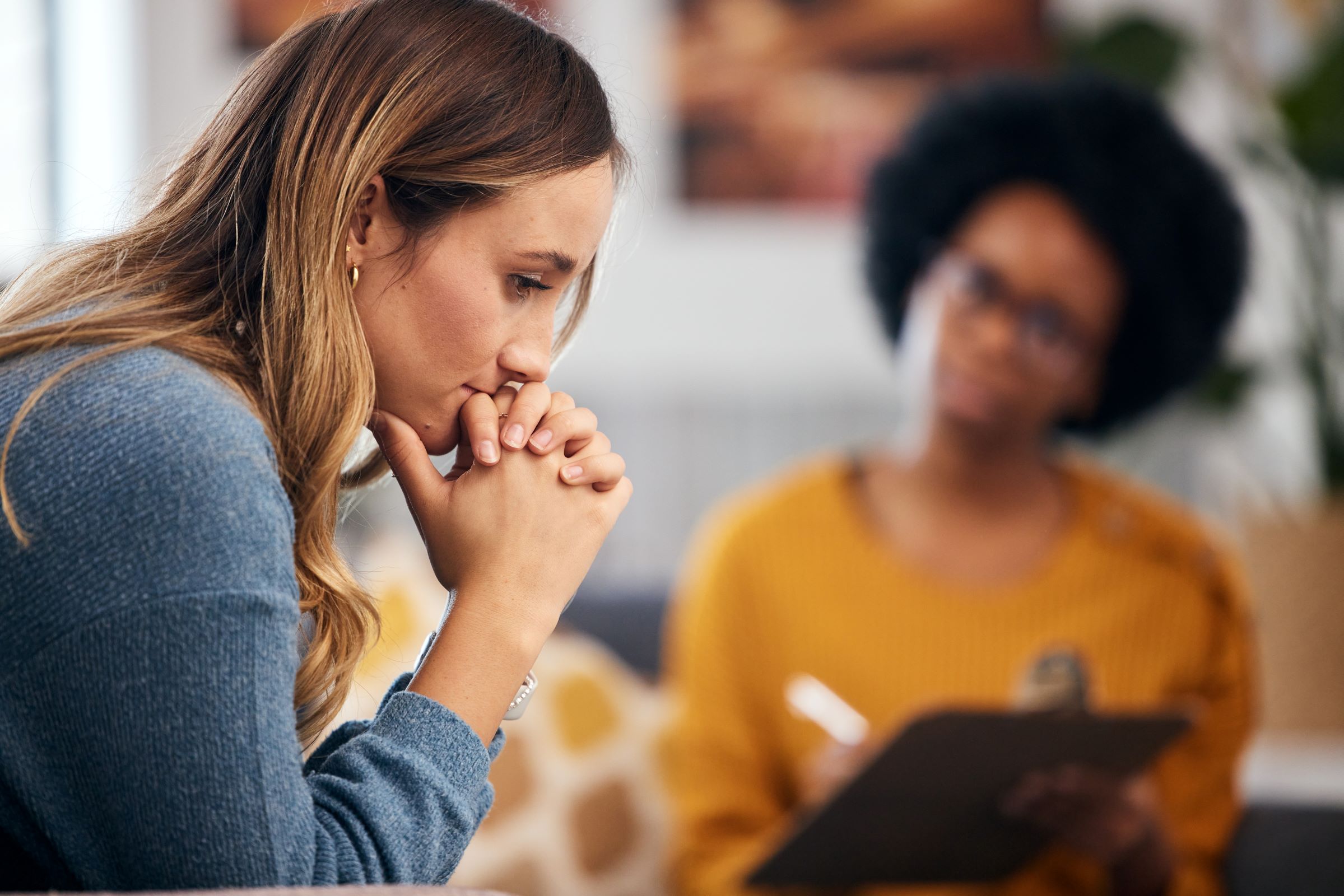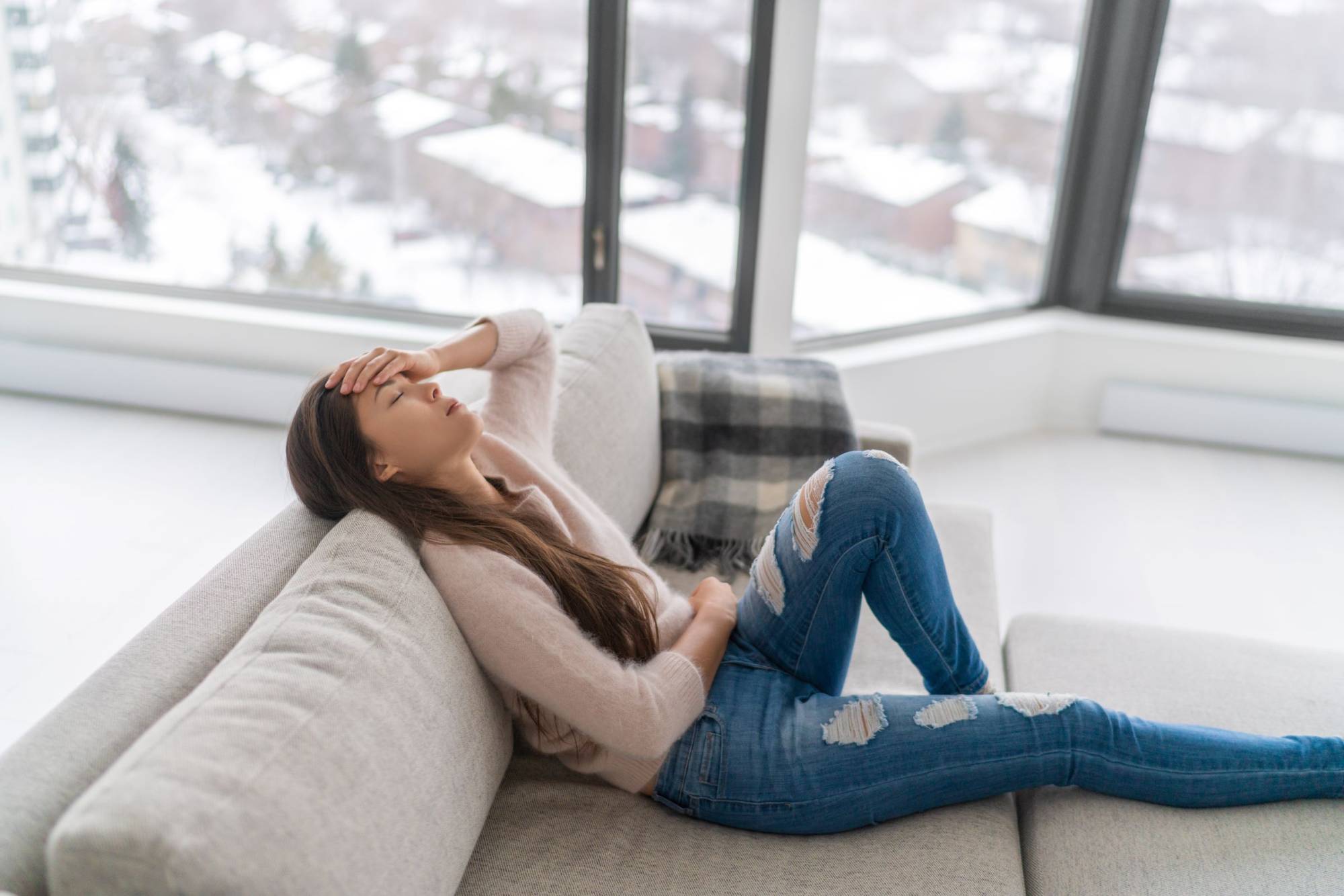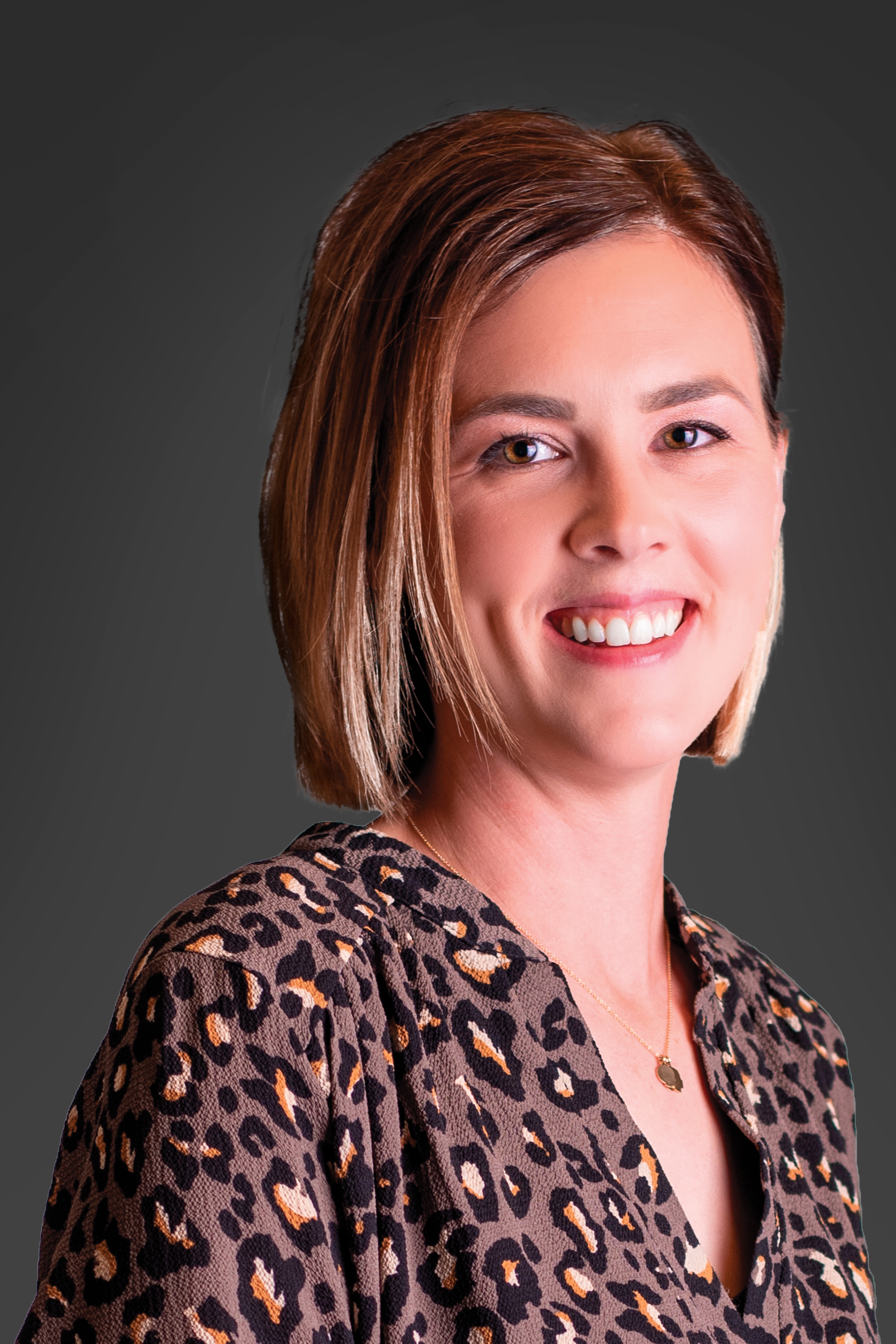As the cold, frosty, winter weather sets in during mid-January, you may be feeling a bit “blah.”
This is a phenomenon referred to as Seasonal Affective Disorder (SAD) which is a type of depression that’s related to changes in the season. SAD can be more common among women, especially those that live further from the equator getting less light each day.
Why Does SAD Occur?
We’re still not completely sure what causes SAD, but common theories include:
- Disturbance in one’s circadian rhythm (the physiologic and behavioral changes in response to a 24-hour cycle of light & darkness – ie: your internal “body clock”)
- Impaired sensitivity of the retina to light which may affect the circadian rhythm
- Some studies suggest genetics may make some more susceptible to SAD than others
- Lower levels of serotonin (the neurotransmitter than affects mood) due to less sunlight in the winter months
In other words, less sunlight over the winter months disrupt the body’s sleep/wake cycle and cause reduced serotonin production which combines make people feel more lethargic and moody.
Symptoms of SAD 
Fall-winter SAD onset is also known as winter depression which could begin in the mid-fall, but typically gets worse in early-winter (January). Major depressive episodes are characterized by typical depression symptoms:
- Low energy
- Increased sleep
- Overeating
- Weight Gain
- Craving Carbohydrates
- Social Withdrawal (wanting to “hibernate”)
Do You Suffer from SAD?
A quick self-assessment can give you a good indication if it’s time to ask for help in dealing with SAD. Do you experience any of the following during the winter:
- Do you feel worse (more sad)?
- Do you eat more?
- Do you gain weight?
- Do you sleep more?
- Do you have less energy?
Primary Treatments Available
 If you’ve just realized you may be suffering from SAD, make an appointment with your primary care provider to discuss personalized treatment options. Generally, providers may suggest the use of antidepressants, light therapy, or psychotherapy.
If you’ve just realized you may be suffering from SAD, make an appointment with your primary care provider to discuss personalized treatment options. Generally, providers may suggest the use of antidepressants, light therapy, or psychotherapy.
Other remedies to try at home include:
- Practicing good sleep hygiene
- Daily walks outside
- Aerobic exercise
- Enhanced indoor lighting
- Dawn simulation (a specific type of light therapy)
When to Ask for Professional Help
If you are struggling with SAD, talk to your primary care provider or a mental health professional.
If you are experiencing thoughts of suicide, please reach out for help. You are never alone. There are local and national organizations available 24/7:
- National Suicide Prevention Lifeline: 988
- Human Service Agency: 605-886-0123
- Codington Connects: 605-882-6286
Remember, SAD is a treatable condition. You can manage symptoms and feel better with the right treatment and self-care strategies.
To schedule an appointment with our Prairie Lakes Primary Care provider, call 605-886-8482 or visit our website.

